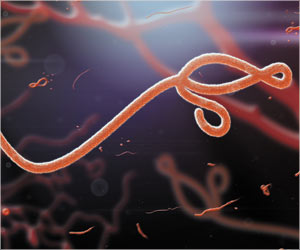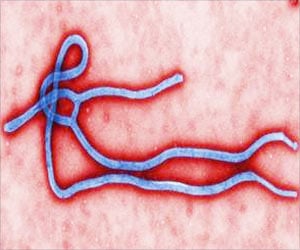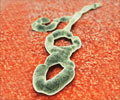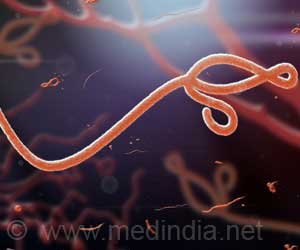At international level, researchers emphasise the need to recommend the use of condoms by ebola survivors in the months following their recovery.

TOP INSIGHT
Ebola virus can persist in semen nine months after recovery, so researchers emphasise the need to recommend, at international level, the use of condoms by survivors in the months following their recovery.
In order to detect the presence of the Ebola virus in these fluids, the researchers used molecular biology techniques employing the polymerase chain reaction (PCR) and detection of ribonucleic acid (RNA), in hospitals in Guinea. Ebola virus was detected in specimens taken from eight men, for up to nine months after recovery.
In addition, the researchers showed the persistence of the virus in semen decreases with time: the virus, present in 28.5 percent of samples taken between the first and third months, was subsequently detected in only 16 percent between the fourth and sixth months, in 6.5 percent between the seventh and ninth months, and zero percent after 12 months.
The findings were published in the Journal of Infectious Diseases. These results confirm those published in October 2015 in the New England Journal of Medicine on a cohort of survivors in Sierra Leone. They emphasise the need to recommend, at international level, the use of condoms by survivors in the months following their recovery.
Source-IANS
 MEDINDIA
MEDINDIA



 Email
Email









